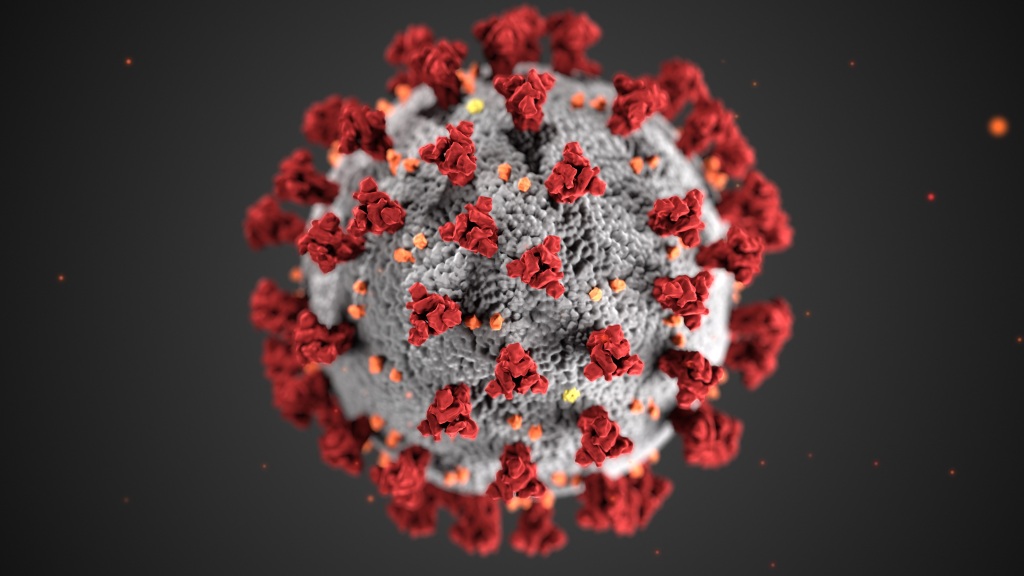
What is the novel coronavirus?
Okay, first things first, let’s start with a few key terms to clarify any mixed messages you may be receiving.
Coronavirus: The name given to a family of viruses that cause disease of varying severity in mammals and birds. Viruses from this family can be responsible for the common cold, but other members of this family have caused two large-scale pandemics in the past two decades, sudden acute respiratory syndrome (SARS) and Middle East respiratory syndrome (MERS). Viruses are classified into families based on their structure and genetics, so it’s kind of like coronaviruses are the Mariners.
SARS-CoV-2 (sudden acute respiratory syndrome coronavirus-2 or the novel coronavirus): This is the specific name of the novel viral organism. If we continue our example from above, this would be a specific baseball player (Ichiro, Ken Griffey Jr, etc). It’s novel, or new, because this a virus that our immune systems have never seen before.
COVID-19: This is short for coronavirus disease 2019 and the name of the disease/illness caused by the novel coronavirus that originated in Wuhan, China in 2019.
Epidemic: A sudden increase in the number of cases of a disease above what is typically expected in a given area.
Pandemic: An epidemic that has widespread human infection in multiple countries across the globe.
Signs: Objective measurement to characterize an illness during a physical exam by a healthcare provider (e.g. temperature, respiratory rate, oxygen saturation).
Symptoms: Subjective evidence of an illness or abnormal process occurring in the body and reported by the patient (e.g. fatigue, nausea, anosmia, ageusia, myalgia).
Incubation Period: The time from when someone is infected to when symptoms develop. Based on existing evidence-based research, the incubation period of SARS-CoV-2 and other coronaviruses (e.g. MERS-CoV, SARS-CoV) ranges from 2–14 days. 50% of people will become ill 5 days after infection.
Infectious Period: The time when an infected person, who may not be showing symptoms, can transmit the virus to others. While it varies from person to person, it is typically ~ 7 days.
Molecular test — RT-PCR (Reverse transcription polymerase chain reaction): This is a molecular diagnostic test that identifies the presence of virus in the body through collection of nasopharyngeal, oropharyngeal, or other respiratory specimens by swabbing. The turn-around time for results varies greatly depending on the laboratory doing the test, but the current range is somewhere between 1 and 5 days.
Antibody Test — Serology: Blood test with a turn-around time of typically same day, but sometimes can take a couple of days. Serology is especially important because it may detect previous infections in people who had few or no symptoms.
Antigen test — Rapid: Rapid diagnostic test with a turn-around time of less than one hour. Antigen tests look for specific proteins on the surface of the virus and can diagnose an active infection.
Have general questions? Comments?
Email asktheoptimisticscientist@gmail.com or comment below!
